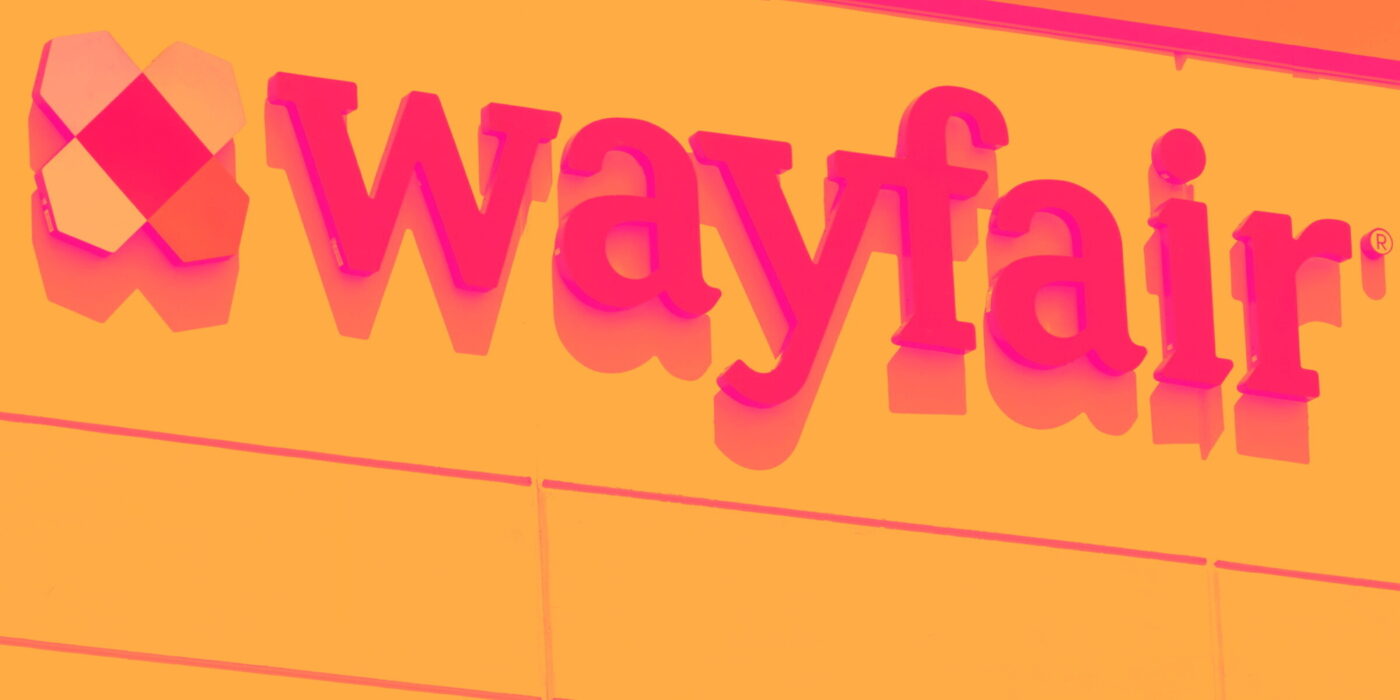
While strong cash flow is a key indicator of stability, it doesn’t always translate to superior returns. Some cash-heavy businesses struggle with inefficient spending, slowing demand, or weak competitive positioning.
Cash flow is valuable, but it’s not everything - StockStory helps you identify the companies that truly put it to work. Keeping that in mind, here are three cash-producing companies that don’t make the cut and some better opportunities instead.
Wayfair (W)
Trailing 12-Month Free Cash Flow Margin: 1.2%
Founded in 2002 by Niraj Shah, Wayfair (NYSE:W) is a leading online retailer of mass-market home goods in the US, UK, Canada, and Germany.
Why Do We Think W Will Underperform?
- Active Customers have declined by 2.1% annually over the last two years, suggesting it may need to revamp its features or user experience to stay competitive
- Gross margin of 30.5% reflects its high servicing costs
- 5× net-debt-to-EBITDA ratio makes lenders less willing to extend additional capital, potentially necessitating dilutive equity offerings
Wayfair is trading at $38.10 per share, or 9.8x forward EV/EBITDA. Read our free research report to see why you should think twice about including W in your portfolio.
Carter's (CRI)
Trailing 12-Month Free Cash Flow Margin: 7.9%
Rumored to sell more than 10 products for every child born in the United States, Carter's (NYSE:CRI) is an American designer and marketer of children's apparel.
Why Are We Out on CRI?
- Poor same-store sales performance over the past two years indicates it’s having trouble bringing new shoppers into its stores
- Sales are projected to tank by 1.1% over the next 12 months as its demand continues evaporating
- Eroding returns on capital suggest its historical profit centers are aging
Carter’s stock price of $35.81 implies a valuation ratio of 10.1x forward P/E. Dive into our free research report to see why there are better opportunities than CRI.
Flex (FLEX)
Trailing 12-Month Free Cash Flow Margin: 4.1%
Originally known as Flextronics until its 2016 rebranding, Flex (NASDAQ:FLEX) is a global manufacturing partner that designs, engineers, and builds products for companies across industries from medical devices to solar trackers.
Why Are We Wary of FLEX?
- Sales tumbled by 4.8% annually over the last two years, showing market trends are working against its favor during this cycle
- Demand will likely be weak over the next 12 months as Wall Street expects flat revenue
- Lacking free cash flow generation means it has few chances to reinvest for growth, repurchase shares, or distribute capital
At $41.99 per share, Flex trades at 14.9x forward P/E. If you’re considering FLEX for your portfolio, see our FREE research report to learn more.
High-Quality Stocks for All Market Conditions
Donald Trump’s victory in the 2024 U.S. Presidential Election sent major indices to all-time highs, but stocks have retraced as investors debate the health of the economy and the potential impact of tariffs.
While this leaves much uncertainty around 2025, a few companies are poised for long-term gains regardless of the political or macroeconomic climate, like our Top 5 Growth Stocks for this month. This is a curated list of our High Quality stocks that have generated a market-beating return of 176% over the last five years.
Stocks that made our list in 2020 include now familiar names such as Nvidia (+1,545% between March 2020 and March 2025) as well as under-the-radar businesses like the once-small-cap company Comfort Systems (+782% five-year return). Find your next big winner with StockStory today for free.
